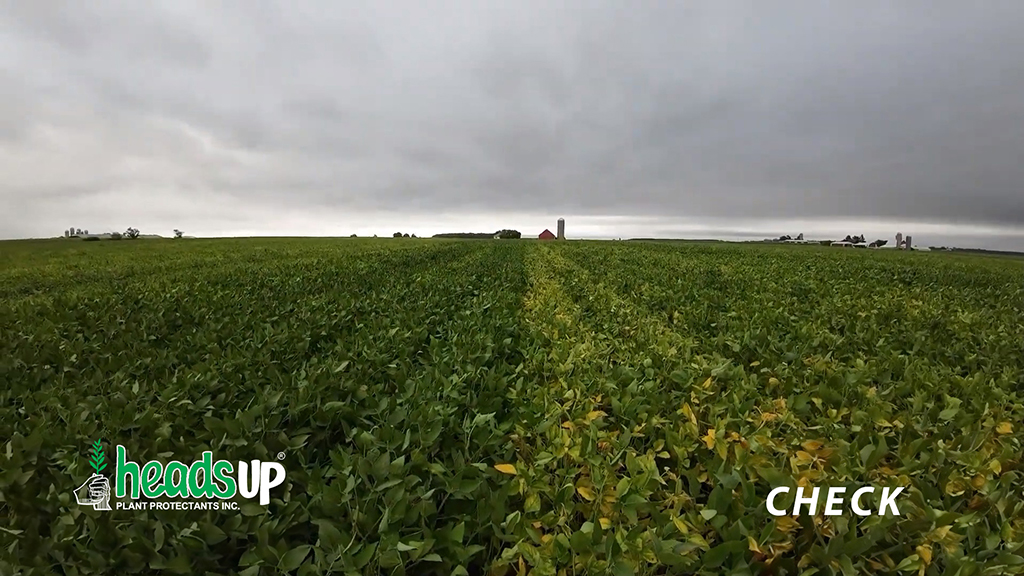USDA Issues Final Environmental Impact Statement On Herbicide-Tolerant Soybean, Cotton
The USDA Animal and Plant Health Inspection Service (APHIS) is issuing a final environmental impact statement (EIS) on varieties of cotton and soybeans that have been genetically engineered for resistance to several herbicides, including the one known as dicamba. APHIS is issuing the final EIS today as part of its review to determine whether to deregulate these GE crops.
Under the Plant Protection Act (PPA) and APHIS’ regulations, the agency is specifically required to evaluate whether GE crops are a plant pest to agricultural crops or other plants or plant products. The Plant Protection Act defines plant pests as organisms, such as insects, bacteria, or fungi that can directly or indirectly cause disease in plants, or otherwise injure or damage plants or plant products.
In August, APHIS issued its draft EIS that examined several regulatory alternatives before the Agency. Of the alternatives examined, APHIS is required by the National Environmental Policy Act (NEPA) to identify the alternative — known as the “preferred alternative” — that best meets the purpose and need for the EIS. Based on its plant pest risk assessment and under its authority through the Plant Protection Act, APHIS’ preferred alternatives in the draft EIS was full deregulation of these GE crops. APHIS selected this alternative based on its determination that the GE cotton and soybeans are unlikely to pose a plant pest risk to agricultural crops or other plants in the U.S.
Following the close of a 60-day comment period on the draft EIS, APHIS thoroughly reviewed and analyzed the comments it received and has addressed them in the final EIS it is making available today.
The final EIS affirms APHIS’ preferred alternative to deregulate these new GE crops. This is also consistent with APHIS’ plant pest risk assessment (PPRA) that found the GE cotton and soybeans are unlikely to pose a plant pest risk to agricultural crops or other plants in the United States.
The final EIS enables APHIS to better understand the impacts of its regulatory decision including how the adoption of these products by farmers may lead to an increased risk in the development of new herbicide-tolerant weeds. The final EIS affirms that diversified weed management practices could mitigate the impacts. USDA and the U.S. EPA are taking a number of steps to help address the issue of herbicide-tolerant weeds.
APHIS is finalizing its assessment of these GE plants while the EPA is concluding its concurrent review of the related herbicides. EPA has authority over the review and approval of pesticidal substances and plant-incorporated protectants under the Federal Insecticide, Fungicide, and Rodenticide Act as amended and the Federal Food, Drug, and Cosmetic Act. EPA is currently reviewing information submitted by the developer, Monsanto, to assess the potential for environmental and human risks associated with the use of dicamba and the other herbicides. EPA’s analysis includes a thorough review of any potential human health and environmental risks associated with the application of these herbicides to the GE cotton and soybean plants, such as the potential off-site movement of these herbicides to other crops or areas. It is expected that EPA will make available its proposed regulatory decision in the coming months for public review and comment.
The final EIS on the dicamba-resistant crops will be available for public viewing for 30 days upon publication in the Federal Register before APHIS makes its final regulatory determination on these petitions for deregulation. APHIS will publish its record of decision for the final EIS and its final regulatory determination after that 30-day public viewing period has concluded.
APHIS has submitted the final EIS to the EPA for publication in the Federal Register. APHIS anticipates that EPA will publish a notice on December 12, 2014. A copy of the final EIS provided to EPA can be found at www.aphis.usda.gov/biotechnology/news.






